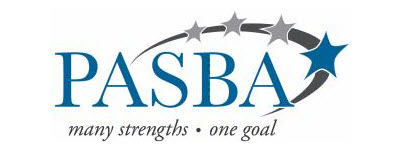According to a recent study by US Bank, poor cash flow management is the reason for business failure more than 80 percent of the time, and it’s especially common with small businesses. That means there’s a good chance your clients may feel desperate for help when they visit your accounting practice. This puts you in an excellent position to offer advice as well as add-on services.
What is Their Invoicing System Like?
Clients often don’t realize that the way they invoice their own customers makes a big difference in whether they struggle with cash flow. To help solve clients’ cash flow issues, start by asking them when they send invoices. These questions can also help pinpoint issues with client cash flow issues:
- Do they send invoices electronically or by mail?
- How much time do employees spend re-working inaccurate invoices?
- Does your client have current contact information for each of their clients?
If your client still sends invoices by mail, one of the easiest pieces of advice you can give them is to switch to electronic invoicing. This should have a significant impact on how quickly they receive payment. Additionally, look at their invoice processes with them to point out inefficiencies. With nearly one-third of late payments occurring due to invoice errors, making sure your clients use invoicing best practices just makes sense.
Cut Expenses Wherever Possible
Some small business owners have no idea how much money leaves their company. Worse, many are overpaying for multiple services without realizing they could obtain a better deal somewhere else. We recommend having your client list all expenses and then do some comparison shopping to see if you can help them reduce what they pay for Internet service, marketing, web hosting, inventory, and several other recurring expenses. Where available, encourage them to pay upfront for a year’s worth of service to take advantage of the discounts many companies offer for pre-payment.
Encourage Your Clients to Provide Customers with More Payment Options
When choosing which payment methods to accept, some companies only consider what is convenient for the business, not necessarily what’s best for the business. It’s important for all companies to consider bounce rates, collection periods, fraud risk, and transaction fees when informing customers of acceptable payment methods. They also need to consider what is most important for the customer.
While the use of paper checks might be dwindling to almost nothing among consumers, it’s still the top way that companies pay outstanding invoices. Unfortunately, paper checks are slow to process, ripe for fraud, and can come with hidden banking fees. Offering and encouraging customers to use ACH or EFT payment transfers can increase both efficiency and cash flow.
Would you like to learn more ways to help your clients be as profitable as possible? Join the Professional Accounting Small Business Administration (PASBA) today and benefit from the rich experience of your fellow accountants.


Recent Comments